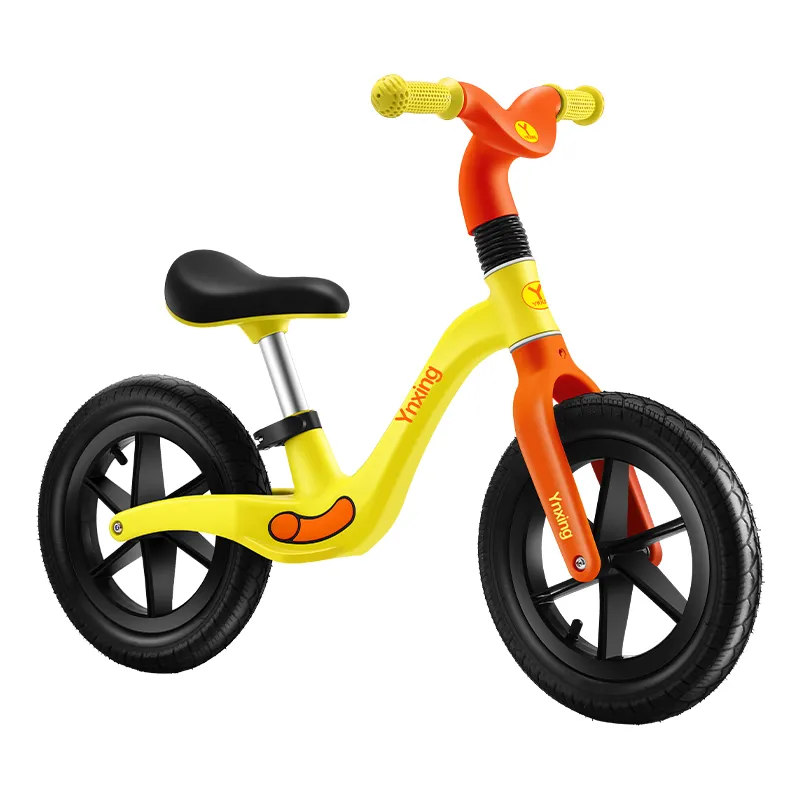mountain bike and road bike difference
Understanding the Differences Between Mountain Bikes and Road Bikes
When it comes to cycling, two of the most popular types of bicycles are mountain bikes and road bikes. Each type is designed for specific environments and purposes, which makes understanding their differences crucial for any cyclist, whether you're a beginner looking to buy your first bike or a seasoned rider considering an upgrade.
1. Design and Construction
The most noticeable difference between mountain bikes and road bikes lies in their design and construction. Mountain bikes are built to endure rugged terrains and off-road conditions. They typically feature a sturdy frame, wide tires with deep treads, and a suspension system to absorb shocks from bumps and rough surfaces. This construction allows them to handle steep hills, rocky paths, and various terrain types that a traditional bike would struggle with.
Conversely, road bikes are designed for speed and efficiency on pavement. They have a lightweight frame, narrow tires with a smooth surface, and minimal to no suspension. This design allows road bikes to achieve higher speeds and better aerodynamic performance on smooth, flat roads. The geometry of road bikes also typically encourages a forward-leaning riding position, which helps reduce wind resistance.
2. Tires and Wheel Size
Tires play a significant role in how each bike performs. Mountain bikes usually have larger, wider tires ranging from 2.0 to 3.0 inches or more in width. These tires are equipped with a rugged tread pattern that provides excellent grip on loose surfaces, such as dirt, gravel, and mud. The wider tires also offer better shock absorption, making them suitable for bumpy trails.
In contrast, road bikes feature narrower tires, typically 23 to 28 mm wide. These tires are designed to minimize rolling resistance, allowing for faster speeds on paved surfaces. The smooth tread of road bike tires means they perform excellently on asphalt, but they lack the traction needed for off-road conditions.
mountain bike and road bike difference

Another key difference is in the gearing systems of mountain bikes and road bikes. Mountain bikes are equipped with a wider range of gears, allowing for easier climbing on steep, rugged trails. The gearing is designed to provide lower ratios that enable riders to tackle difficult ascents with more control.
Road bikes, on the other hand, often feature a higher gear ratio, which helps cyclists maintain speed on flat and downhill terrain. This gearing setup is less about climbing steep grades and more about achieving maximum efficiency and speed on long rides over smooth surfaces.
4. Riding Position and Comfort
The riding position on these two types of bikes also varies significantly. Mountain bikes usually have a more upright seating position, which contributes to comfort while navigating challenging trails. This position provides better visibility, which is essential when riding through uneven terrain filled with obstacles.
In contrast, road bikes encourage a more aggressive, forward-leaning posture. This aerodynamic position helps cyclists cut through the wind more efficiently, which is crucial for competitive riding or long distances. However, this bent-over position can be less comfortable for casual riders over extended periods.
5. Purpose and Use
Ultimately, the choice between a mountain bike and a road bike boils down to the intended use. If you plan to ride primarily on rough trails, dirt paths, or mountainous regions, a mountain bike is the right choice. On the other hand, if your cycling goals include road racing, long-distance rides, or commuting on paved roads, a road bike will serve you better.
In conclusion, mountain bikes and road bikes are designed with different purposes in mind, each excelling in their respective environments. By understanding their differences, cyclists can make informed decisions that enhance their riding experiences, ensuring they choose the right bike for their adventures.
-
kids-scooter-tiny-olympic-games-scooterathlonNewsAug.22,2025
-
kids-scooter-waves-xingtai-zhongzhous-global-rippleNewsAug.22,2025
-
baby-tricycle-oem-legacy-zhongzhou-forgedNewsAug.22,2025
-
xingtais-twin-tricycle-revolution-siblings-ride-togetherNewsAug.22,2025
-
baby-tricycle-design-inspired-by-ancient-armorNewsAug.22,2025
-
nfc-chip-enabled-oem-baby-tricycle-trackingNewsAug.22,2025
-
The Perfect Baby TricycleNewsAug.11,2025








